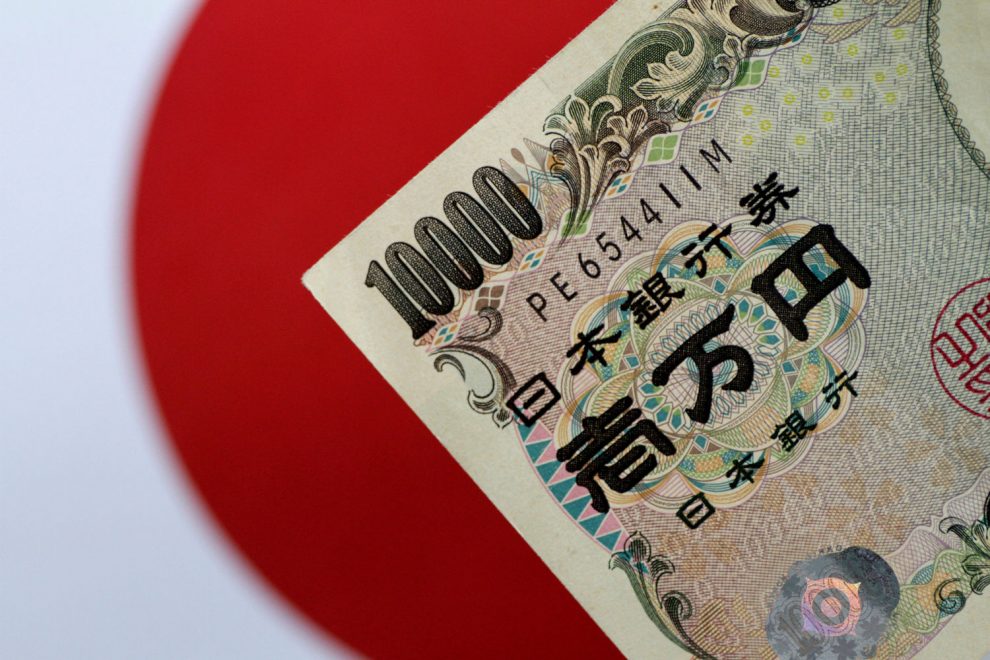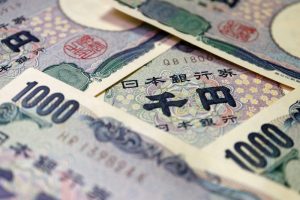(ATF) Japan moved a step closer to creating its own central bank digital currency (CBDC) this week when its Ministry of Health, Labour and Welfare revealed it is looking into paying workers digitally.
Having up until now taken a conservative approach to the implementation of a CBDC, Japan has in recent days looked to be moving closer to its introduction.
On Monday, the ministry presented a general plan to the country’s Labor Policy Council panel regarding the use of digital currency for payment of wages through electronic information transactions.
Read more: Chinese-owned Inter sign up to $6bn Euro Super League plan
This comes after the Bank of Japan announced on April 5 that it would start a first round of digital currency demonstration experiments.
A CBDC is different from virtual currency and cryptocurrency, which are not issued by a state and lack the legal tender status declared by the government.
CBDCs mostly remain in the hypothetical stage, but more than 80% of central banks are now looking at digital currencies with China’s digital RMB the first to be issued by a major economy
According to a report by Shanghai Jiaotong University, Japan has been part of a joint experimental project with the European Central Bank since 2016 to carry out research and development of distributed accounting technology for wholesale digital currencies, and officially completed four phases of system experiments early last year.
LEGAL IMPACT
For retail digital currencies, the Bank of Japan Research Institute set up a Central Bank Digital Currency Legal Issues Research Group in 2018 to systematically analyse the possible effects of digital currencies on existing legal and social systems from the perspectives of civil law, banking law, competition law and criminal law.
And the settlement department within the Bank of Japan set up a digital currency team in July last year, and began work on a plan for the construction of a retail digital currency system.
The reasons why Japan has until now been hesitating about promoting a retail digital currency are fourfold.
First, with an ageing population, Japan’s paperless payment system is not as well developed as others.
Second, Japan is vulnerable to many natural disasters, and large-scale power outages caused by typhoons or earthquakes, aren’t good for a digital currency that will rely on electricity supply.
TRADITIONAL MODEL
Third, under the traditional financial model, the central bank provides a central reserve fund and the private commercial bank acts as an intermediary agency for commercial final accounts, which maintain the stability of the financial system.
Scholars worry that if the central bank issues digital currency, once a financial crisis occurs, large-scale financial runs are prone to occur, with people transferring their deposits from commercial banks with greater risk of bankruptcy to the central bank’s digital currency accounts, which will further intensify the financial pressure.
And fourth, there’s the fear a digital currency directly issued by the central bank may affect commercial banks’ traditional financial intermediary functions and reduce profitability and liquidity.
Mindful of this, the Bank of Japan has proposed that retail digital currencies will not replace traditional physical currencies, but will only serve a supplementary role, and that commercial banks that act as financial intermediaries will not be excluded from the CBDC issuance process.
FIRST TESTS
The first round of demonstration experiments that began on April 5 this year is the first phase of the tests announced by the Bank of Japan, and are scheduled to be completed in March 2022.
Although the governor of the Bank of Japan has emphasised that they have no plans to issue a central bank digital currency, there are political and economic intentions behind the recent moves.
First, at the level of economic strategy, the issuance of a digital currency could become an opportunity for Japan to get out of deflation.
Since 1999, when the economic bubble burst, the Japanese economy has been stuck in a deflationary quagmire, which has led to a reduction in corporate benefits, a drop in employee wages, and the chain reaction of bankruptcy among small and medium-sized enterprises.
DEFLATION ISSUE
In the Japanese government economic reports released between 2009 and 2013, almost every report mentioned the economic task of getting rid of deflation. Although the situation has improved slightly in 2020, the inflation index growth in the same year was less than 1%.
Against this background, Professor Watanabe Nuo of the University of Tokyo once proposed that a CBDC can be used as an opportunity to introduce a negative interest rate policy and change the common sense of zero cash interest rates, to encourage people to actively spend the digital currency in their wallets to stimulate the economy.
Second, at the political level, a digital currency helps Japan strengthen its economic ties with traditional G7 countries who could all be part of a future closed-loop G7 digital currency network similar to SWIFT.























